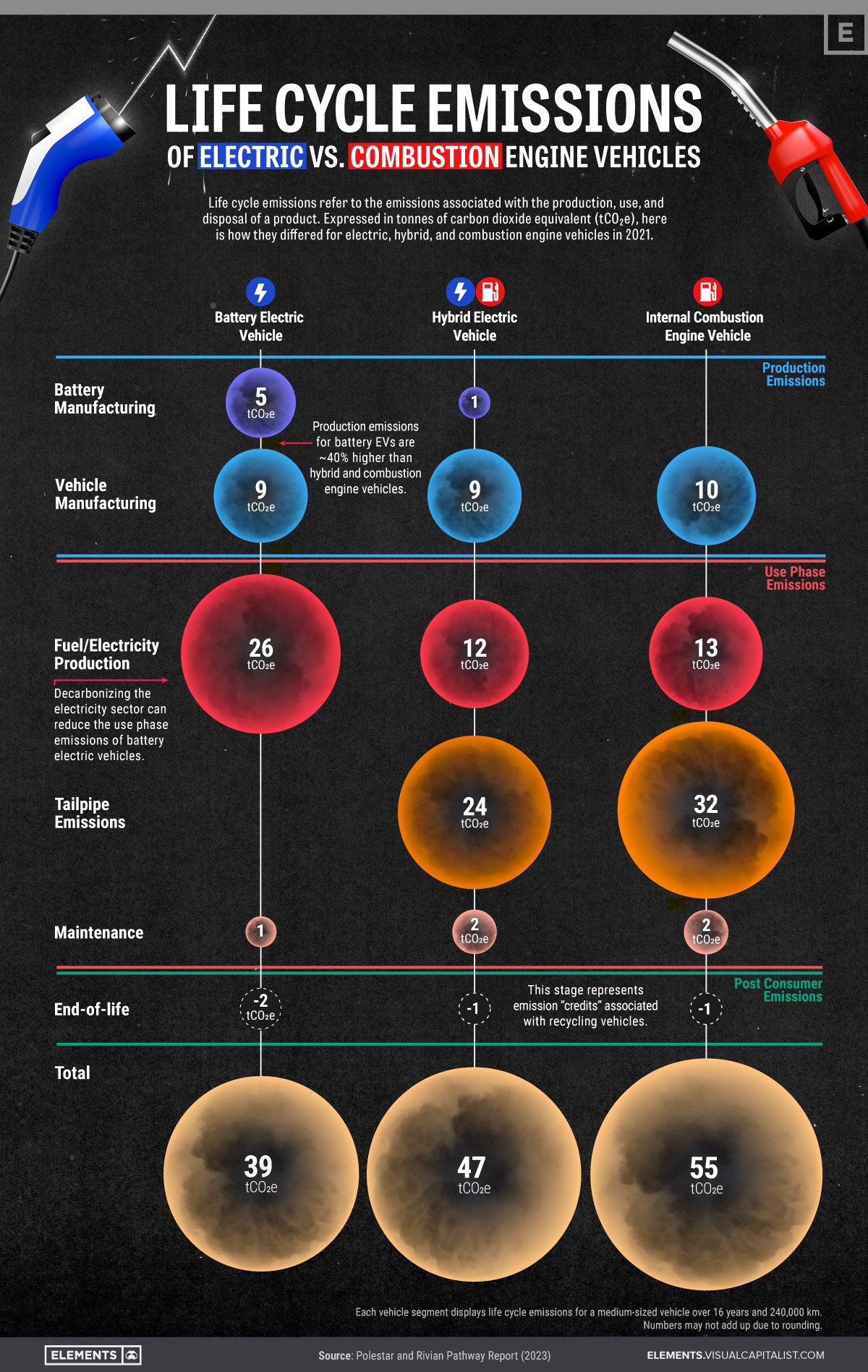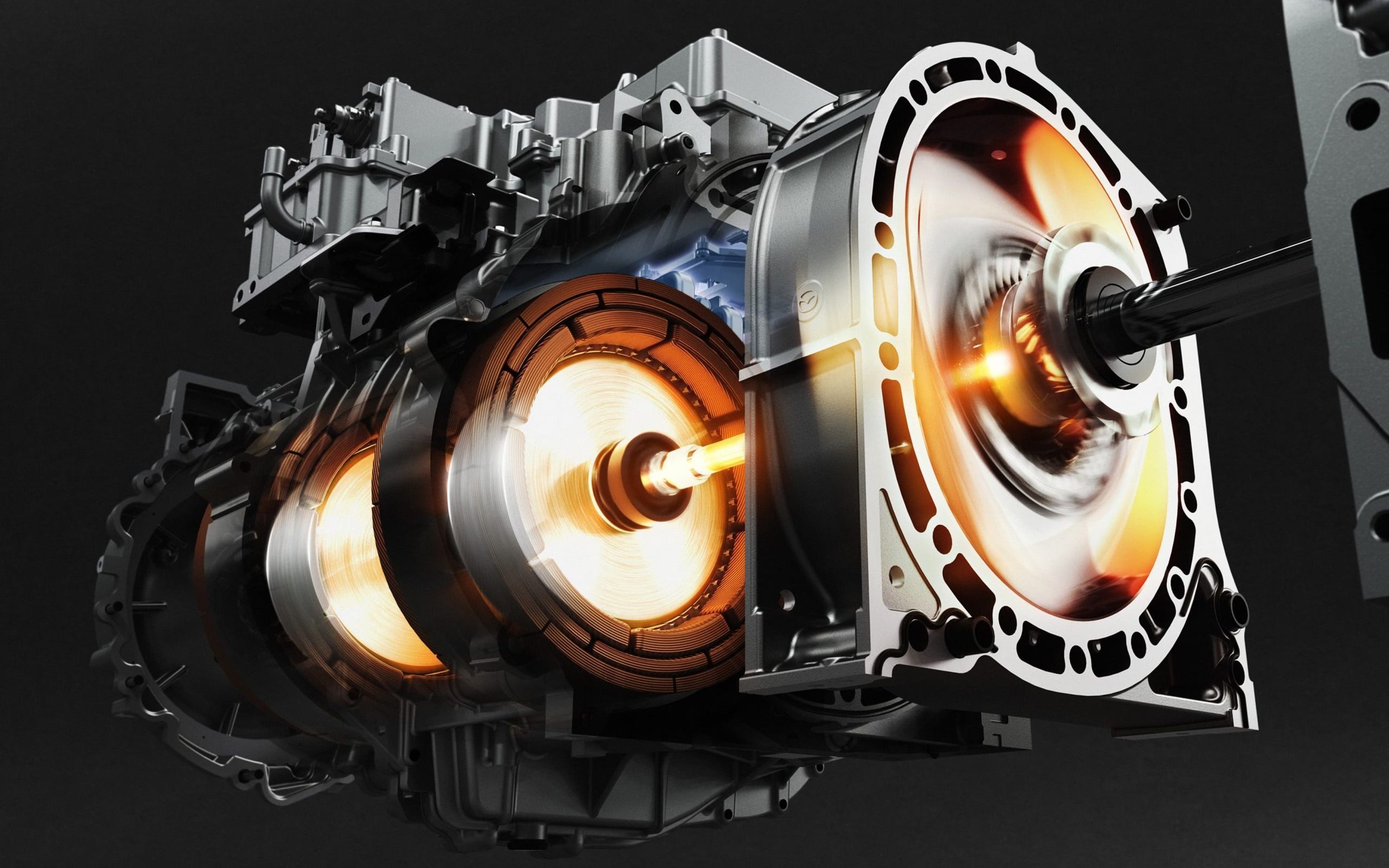Listen up, gearheads and tech enthusiasts. If you're someone who thinks electric vehicles (EVs) are the ultimate future of transportation, let me tell you something—you might want to reconsider. The rotary engine, yeah, the one that's been around for decades, is making a serious comeback. And get this—it’s not just better; it’s 1000x better than EVs in ways you wouldn’t even imagine. So, buckle up because we’re diving deep into why the rotary engine could be the game-changer everyone’s been waiting for.
Now, before we go any further, let’s clarify what we’re talking about here. Rotary engines, specifically the Wankel design, have always had a cult following. They’re small, lightweight, and pack a punch when it comes to power density. But the big question is, can they really outshine EVs, which everyone seems to be obsessed with right now? Spoiler alert: Yes, they can. And we’ll break it all down for you.
So, why are we so convinced that the rotary engine is 1000x better than EVs? It’s not just about nostalgia or being a petrolhead purist. It’s about practicality, innovation, and performance. Stick with us as we explore the science, the hype, and the real-world applications of rotary engines that make them a serious contender in the race against EVs.
Table of Contents
- A Brief History of the Rotary Engine
- What’s Wrong with EVs?
- Why Rotary Engines Are the Future
- Rotary vs. EVs: A Head-to-Head Comparison
- The Latest Innovations in Rotary Engines
- Environmental Impact: Rotary Engines vs. EVs
- Cost Analysis: Rotary Engines vs. EVs
- Practical Applications of Rotary Engines
- Challenges Facing Rotary Engines
- The Future of Rotary Engines
A Brief History of the Rotary Engine
Let’s rewind to the 1950s when Felix Wankel, a German engineer, first introduced the rotary engine to the world. It was a radical departure from the traditional piston-based internal combustion engine. Instead of pistons moving up and down, the rotary engine uses a triangular rotor spinning in an oval-shaped housing. This design allowed for a simpler, more compact engine with fewer moving parts. Sounds cool, right?
Fast forward to the 1960s, and Mazda became the rotary engine’s biggest champion. They refined the design and started using it in cars like the Cosmo Sport and the legendary RX-7. But despite its brilliance, the rotary engine struggled with issues like seal wear and fuel efficiency. Still, its unique characteristics kept enthusiasts hooked.
Why Rotary Engines Still Matter Today
Here’s the thing—rotary engines never really went away. They’ve been quietly evolving in the background while the world got distracted by EVs. But now, with advancements in materials science and engineering, rotary engines are back with a vengeance. They’re faster, more efficient, and ready to take on the EV revolution.
What’s Wrong with EVs?
Don’t get me wrong—EVs are great. They’re quiet, smooth, and environmentally friendly. But let’s not sugarcoat it—they’re not perfect. One of the biggest issues with EVs is their range anxiety. Even with advancements in battery technology, most EVs still can’t compete with the range of a traditional gasoline-powered car. And let’s not forget the charging infrastructure problem. Finding a charging station in some areas is like searching for a needle in a haystack.
Then there’s the issue of battery production. Lithium-ion batteries require rare earth minerals, which are not only expensive but also environmentally damaging to extract. Plus, the lifespan of these batteries is limited, and when they die, they become a massive waste disposal problem.
Other EV Drawbacks
- Limited power delivery compared to internal combustion engines
- Higher upfront costs
- Dependence on external charging infrastructure
- Long charging times compared to refueling a gas tank
Why Rotary Engines Are the Future
Now, let’s talk about why rotary engines are so awesome. First off, they’re incredibly lightweight. A rotary engine can produce the same power as a traditional piston engine but weighs significantly less. This means better performance and fuel efficiency. Plus, their compact size makes them ideal for smaller vehicles, motorcycles, and even drones.
Another advantage of rotary engines is their smooth power delivery. Unlike piston engines, which have to deal with the up-and-down motion of pistons, rotary engines produce power in a continuous rotational motion. This results in a smoother driving experience with fewer vibrations.
Key Benefits of Rotary Engines
- High power-to-weight ratio
- Smooth and vibration-free operation
- Compact and lightweight design
- Lower production costs compared to EV batteries
Rotary vs. EVs: A Head-to-Head Comparison
Let’s compare rotary engines and EVs side by side. On one hand, you’ve got EVs with their zero-emission appeal and instant torque. On the other hand, you’ve got rotary engines with their lightweight design and superior power delivery. So, which one comes out on top?
Performance Comparison
When it comes to performance, rotary engines have the edge. They can produce more power per unit of weight than EVs, making them ideal for high-performance applications. Plus, they don’t suffer from the same range anxiety issues as EVs. You can refuel a rotary engine vehicle in minutes, whereas charging an EV can take hours.
Cost Comparison
Rotary engines are also more cost-effective in the long run. While EVs may have lower operating costs, their upfront costs are significantly higher due to the expensive battery packs. Rotary engines, on the other hand, use readily available fuel and have a longer lifespan than EV batteries.
The Latest Innovations in Rotary Engines
So, what’s new in the world of rotary engines? Engineers are constantly working to improve their efficiency and reliability. Recent advancements in materials science have led to the development of new seal materials that can withstand higher temperatures and pressures. This means rotary engines can now run longer and more efficiently than ever before.
Another exciting development is the use of rotary engines in hybrid powertrains. By combining the strengths of rotary engines and electric motors, engineers are creating vehicles that offer the best of both worlds—high performance and low emissions.
Hybrid Rotary Engine Applications
- Range extenders in hybrid vehicles
- Power generators for off-grid applications
- Auxiliary power units for drones and unmanned aerial vehicles
Environmental Impact: Rotary Engines vs. EVs
When it comes to the environment, EVs have long been hailed as the saviors of the planet. But is that really true? While EVs produce zero emissions during operation, their production process is far from clean. The mining of lithium, cobalt, and other rare earth minerals required for EV batteries has a significant environmental impact.
Rotary engines, on the other hand, can run on a variety of fuels, including biofuels and hydrogen. This makes them a more versatile and sustainable option in the long run. Plus, their smaller size means they require fewer resources to produce.
Environmental Benefits of Rotary Engines
- Ability to run on sustainable fuels
- Lower production footprint compared to EVs
- Longer lifespan reduces waste
Cost Analysis: Rotary Engines vs. EVs
Let’s talk money. While EVs may have lower operating costs, their upfront costs are significantly higher. A typical EV can cost tens of thousands of dollars more than a comparable gasoline-powered car. And don’t forget about the cost of replacing the battery pack, which can run into the thousands of dollars.
Rotary engines, on the other hand, are more affordable to produce and maintain. They use readily available fuel and have a longer lifespan than EV batteries. Plus, their compact size means they require fewer materials to build, further reducing costs.
Long-Term Cost Savings
Over the long term, rotary engines can save you money. With fewer moving parts and a simpler design, they require less maintenance than traditional piston engines. And because they can run on a variety of fuels, you’re not locked into paying high prices for gasoline or electricity.
Practical Applications of Rotary Engines
So, where can you find rotary engines in action today? They’re being used in everything from high-performance sports cars to drones and unmanned aerial vehicles. Their lightweight design and smooth power delivery make them ideal for applications where size and weight are critical factors.
One exciting application is in range extenders for hybrid vehicles. By using a small rotary engine to generate electricity, hybrid vehicles can achieve much longer ranges without the need for large, heavy battery packs. This makes them a more practical and affordable option for everyday drivers.
Rotary Engines in Action
- High-performance sports cars
- Drones and unmanned aerial vehicles
- Range extenders in hybrid vehicles
- Power generators for off-grid applications
Challenges Facing Rotary Engines
Of course, no technology is perfect, and rotary engines are no exception. One of the biggest challenges they face is overcoming their reputation for being inefficient and unreliable. While recent advancements have addressed many of these issues, there’s still work to be done to convince skeptics.
Another challenge is competition from EVs. With governments around the world pushing for stricter emissions regulations, it’s becoming increasingly difficult for internal combustion engines of any kind to compete. However, with their ability to run on sustainable fuels, rotary engines could be the answer to this challenge.
Overcoming the Challenges
Engineers are working hard to address the challenges facing rotary engines. Advances in materials science are improving their efficiency and reliability, while new fuel options are making them more sustainable. With continued innovation, rotary engines could become a viable alternative to EVs in the near future.
The Future of Rotary Engines
So, what does the future hold for rotary engines? With advancements in technology and growing interest in sustainable fuels, they could become a major player in the automotive industry. Their lightweight design and smooth power delivery make them ideal for a wide range of applications, from high-performance sports cars to drones and beyond.
As the world continues to grapple with the challenges of climate change and resource scarcity, rotary engines offer a practical and sustainable solution. They’re not just 1000x better than EVs—they’re the future of transportation.
Final Thoughts
So there you have it—the case for rotary engines being 1000x better than EVs. While EVs may have their place in the market, rotary engines offer a unique combination of performance, efficiency, and sustainability that’s hard to beat. As we look to the future, it’s clear that rotary engines will play an important role in shaping the next generation of transportation.
What do you think? Are rotary engines the future, or is the EV revolution here to stay? Let us know in the comments below, and don’t forget to share this article with your friends and fellow gearheads. Together, we can start a conversation about the future of transportation.



Detail Author:
- Name : Dr. Sydni Wilkinson Sr.
- Username : katelynn.kunze
- Email : abayer@yahoo.com
- Birthdate : 1994-11-18
- Address : 97933 Teagan Place Apt. 635 West Jaronborough, TN 50315-5095
- Phone : 828-854-8493
- Company : Rath and Sons
- Job : Order Clerk
- Bio : Enim qui ipsa odit blanditiis. Iure sit suscipit earum non sapiente mollitia voluptatem. Quis optio vel tempora magni itaque.
Socials
twitter:
- url : https://twitter.com/towne1988
- username : towne1988
- bio : Assumenda quae et officiis. Quibusdam iusto et inventore corporis itaque dicta id. Eum beatae rem deserunt vel.
- followers : 740
- following : 1436
instagram:
- url : https://instagram.com/nolan.towne
- username : nolan.towne
- bio : Dicta minima vitae deserunt alias. Voluptas voluptatem adipisci et. Autem impedit est sint.
- followers : 4416
- following : 2100